- Published Mar 9, 2023
- Last Modified Aug 12, 2024
- 14 min
13 Must-Have Tools for Professional Electricians

For electricians, a well-equipped tool kit is an indispensable ally, accompanying them to every job site and enabling them to apply their expertise effectively. To create this comprehensive guide of essential tools for the ideal electrician's kit, we've consulted with experienced engineers, compiling their top recommendations. We're proud to offer all these high-quality tools through our trusted in-house brand, RS PRO, ensuring you have access to reliable equipment that supports safe and efficient electrical work.

1. Wire Strippers
Wire strippers stand out as indispensable tools. These precision instruments play a crucial role in preparing wires for connections, allowing electricians to safely and efficiently remove insulation without damaging the conductive core.
Understanding Wire Strippers
Wire strippers are specialized tools designed to remove the protective outer layer of insulation from electrical wires. This process is essential for exposing the conductive core, enabling electricians to make proper connections through crimping, soldering, or direct attachment to terminals. Advanced models often incorporate additional functionalities, such as the ability to cut through copper wires or conduits, enhancing their versatility on the job.
Exploring Wire Stripper Varieties
The market offers a diverse range of wire strippers, each tailored to specific needs and preferences of electrical professionals. Let's delve into some of the most popular types:
- Adjustable Wire Strippers – these combine stripping with crimping and wire-snipping abilities. It is ideal for handling various wire gauges and types.
- Triple Action Wire Strippers – these strippers are made for thicker cabling with tough insulation and can use a unique spiral cutting motion.
- Wire Stripper Pliers – these feature V-shaped stripping jaws for thicker, multicore cables, which offer enhanced grip and control during the stripping process.
- Sheath Strippers – these use a rotary action and produce a neat ring cut. Particularly useful for working with large-diameter cables.
- Pistol Wire Strippers – these strippers have a self-adjusting blade and use a compound stripping action with a firm grip.
- Automatic Wire Strippers – leverage mechanical assistance to swiftly remove insulation and cut wires. Operate with a single application of pressure, increasing efficiency.
- Manual Wire Strippers – these are the standard, hand-operated model, but usually, include a spring-loaded handle and safety lock.
Choosing the Right Wire Stripper
Selecting the appropriate wire stripper depends on various factors, including:
- The types of wires and cables commonly encountered in your work
- The frequency and volume of wire stripping tasks
- Personal preferences for tool ergonomics and handling
- Specific job requirements or industry standards
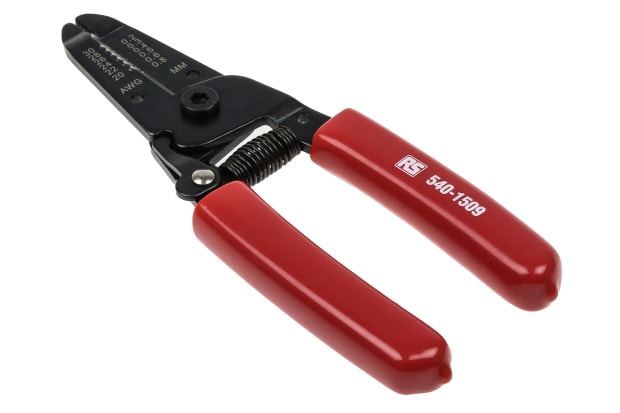
Alternative names:
- Cable strippers
- Cable wire strippers
2. Insulated Screwdrivers
In the realm of electrical work, insulated screwdrivers stand out as fundamental instruments that combine traditional functionality with modern safety features. These tools are not just simple implements; they're a critical line of defense for electricians working in potentially hazardous environments.

Understanding Insulated Screwdrivers
Insulated screwdrivers are specialized tools designed to protect electricians from electrical shock. They feature:
- Carefully engineered insulated handles
- High-quality, durable materials
- Precision-crafted tips for various screw types
- VDE (Verband Deutscher Elektrotechniker) approval, indicating adherence to strict safety standards
The Mechanics of Screwdrivers
At their core, screwdrivers operate on a simple principle:
- They apply torque (rotational force) when the screwdriver head is inserted into the screw slot
- This torque allows for the tightening or loosening of screws with minimal effort
Choosing the Right Insulated Screwdriver Set
When selecting insulated screwdrivers, consider:
- The types of screws commonly encountered in your work
- The voltage levels you typically work with
- Ergonomics and handle comfort for extended use
- Durability and quality of materials
- Compliance with relevant safety standards and regulations
The diverse range of screw designs in electrical systems has led to a corresponding variety of screwdriver types:
3. Insulated Pliers
Pliers have been a staple in toolkits for generations, evolving to meet the specific needs of various trades. In electrical work, insulated pliers have become indispensable, combining versatility with crucial safety features.
Modern insulated pliers are typically crafted from high-strength steel, providing the durability and torque required for demanding electrical tasks. The key distinguishing feature is their insulated handles, designed to protect users from potential electrical shocks.
Types of Insulated Pliers
The electrical industry utilizes various types of insulated pliers, each designed for specific tasks:
- Long nose pliers – these have long tapered jaws making them ideal for gripping small objects.
- Combination pliers – these feature a design that combines wire cutting, insulation stripping and gripping functions in a single tool.
- Water pump pliers – also known as slip joint pliers, tongue-and-groove pliers and adjustable pliers (among other names), these tools feature a movable lower jaw, allowing the span of the grip to be adjusted. They are ideal for use with nuts, bolts and fasteners.
- Side-cutting pliers – also known as wire cutters, these are typically used with wire. A variant called diagonal cutters applies different finishes to the cut wire.
- Mole grips/ locking pliers – these are ideal when working with metal.
Choosing the Right Insulated Pliers
When selecting insulated pliers for your toolkit, consider:
- The specific tasks you commonly perform
- The types of wires and electrical components you work with
- The voltage levels you typically encounter
- Ergonomics and handle comfort for extended use
- Compliance with relevant safety standards and regulations

Pliers are ideal for:
- Gripping
- Twisting
- Clipping
4. Electrical Tape
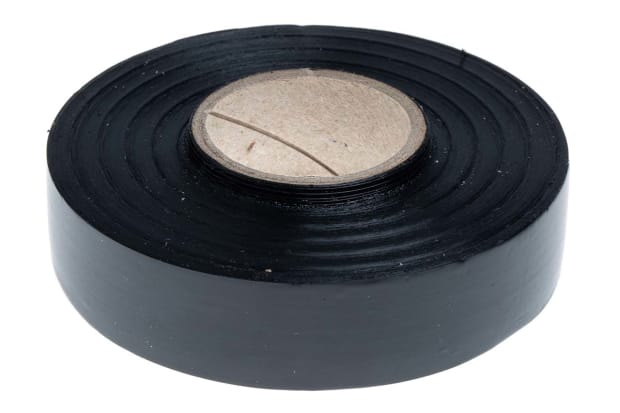
Electrical tape is used to insulate wires or other items that conduct electricity. Also known as insulation tape or electrical insulation tape, it is self-adhesive and pressure-sensitive, built to resist abrasion, heat and liquids in order to protect the sensitive conducting core within electrical wiring.
It is also made from different materials, including PVC, vinyl, copper foil and glass cloth. Different varieties feature varying colors, widths, thicknesses, temperature tolerance, adhesion strength and insulating capabilities.
The colors help electricians select the correct type and also enable them to color code the wires they are working with.
Black tape is the most widely used color - for general insulation and in order to indicate the low voltage neutral point in a circuit. Meanwhile, in the UK green and yellow tape typically indicate the protective earthing point. Blue tape is usually used to color code low voltage neutral wires and red marks low voltage AC wires.
5. Hacksaws
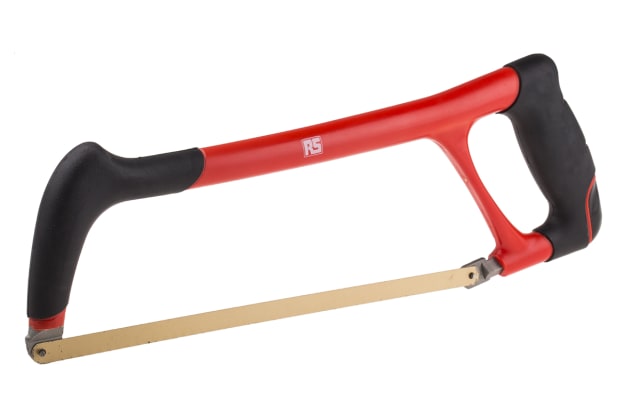
Hacksaws are fine-toothed saws designed primarily for cutting through metal. The thin blades are held at tension in an adjustable frame, between the head of the saw and the pistol grip handle. These blades can break or become blunt but are easily replaceable.
Full sized hacksaws typically feature 12-inch blades. Meanwhile junior hacksaws are typically much smaller, with even finer teeth designed for more precise work.
6. Cable Cutters
Cable cutters are indispensable tools in every electrician's arsenal, designed to efficiently and cleanly cut through various types of electrical cables and wires. These specialized tools have evolved to meet the diverse needs of modern electrical work, offering a range of features and capabilities.
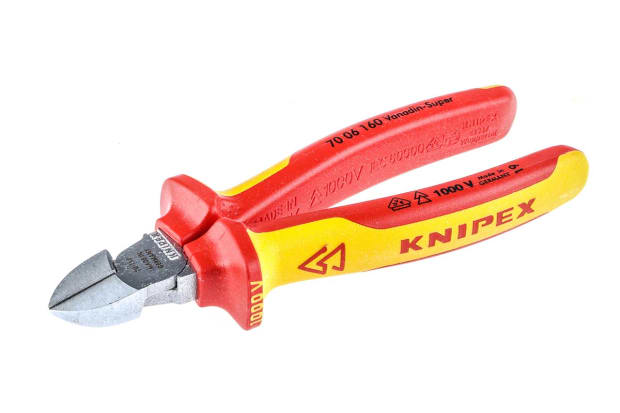
Understanding Cable Cutters
Cable cutters are precision instruments engineered to:
- Provide clean, precise cuts through electrical cables
- Minimize damage to internal conductors
- Offer safe operation in potentially hazardous electrical environments
Key Features of Professional Cable Cutters
- High-Quality Steel Blades
- Typically made from hardened steel for durability
- Precision-ground cutting edges for clean cuts
- Insulated Handles
- VDE-approved insulation for work on live circuits up to 1000V
- Ergonomic designs for comfort during extended use
- Ratcheting Mechanism
- Found in some models for increased cutting power
- Allows for cutting of larger diameter cables with less effort
- Cutting Capacity
- Ranges from 0.4mm for fine wires up to 600mm for heavy-duty cables
- Always check the manufacturer's specifications for exact capabilities
Choosing the Right Cable Cutter
When selecting cable cutters, consider:
- The types and sizes of cables you commonly work with
- The cutting capacity required for your typical tasks
- Safety features, especially for work in high-voltage environments
- Ergonomics and ease of use for prolonged work sessions
- Durability and quality of materials
Proper Use and Maintenance
To ensure longevity and optimal performance:
- Always use cable cutters within their specified capacity
- Keep cutting edges clean and free from debris
- Regularly inspect for damage or wear, especially to insulation
- Store in a dry environment to prevent rust
- Consider periodic professional sharpening for heavily used tools
Safety Considerations
When using cable cutters:
- Always wear appropriate personal protective equipment (PPE)
- Ensure the power is off before cutting any cables
- Use insulated tools when working near live circuits
- Be aware of your surroundings and potential hazards
7. Spanners
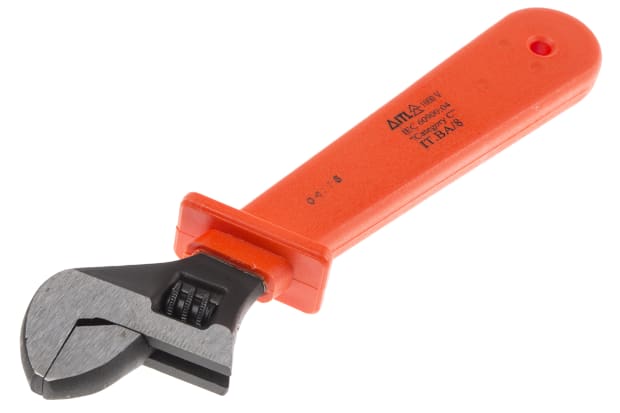
Spanners will almost certainly be an essential inclusion in your tool kit if you regularly need to loosen or attach nuts, bolts or similar fixings.
With so many different sizes of bolt and nut, a similar variety of spanner designs are available to ensure a close fit between the head which applies torque and the fixture in question. Size is equally important in order to achieve a tight grip.
Common spanner models include:
Adjustable spanner - As the name suggests, these feature a moveable jaw which can be adjusted to fit different sized bolts or nuts. The monkey wrench is the best-known form of adjustable spanner.
Open-ended spanners - These spanners have a double C-shaped clamp in different sizes at either end and are useful when space is limited.
8. Voltage Tester
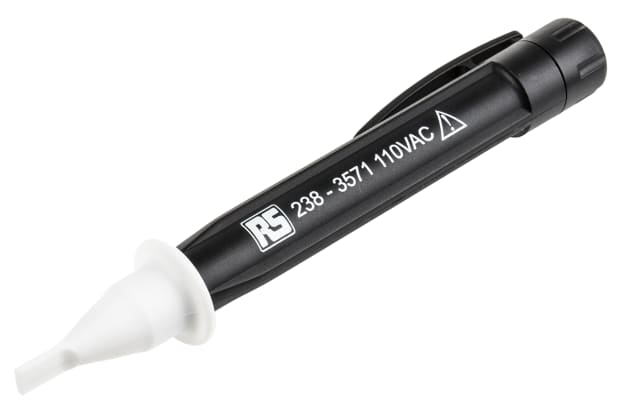
These are another toolkit standby with a relatively self-explanatory name. Voltage indicators, or ‘multimeters’, are handheld devices used for – you guessed it – testing whether a live current is present in a particular location. They are primarily employed for safety purposes when checking cabling, switches, junction boxes or similar equipment.
The presence of voltage is indicated by the illumination of a light-emitting diode. If this light appears, electricians know to shut down the current before beginning work. This is a vital safeguard and one required by health and safety legislation. Most voltage indicator models feature redundant circuits and resistance to electrical surges for additional safety.
9. Safety Knives
Safety knives, also known as utility knives, box cutters, or Stanley knives, are versatile tools that have become indispensable in an electrician's toolkit. These knives are designed with safety as a primary concern, featuring mechanisms to protect users from accidental cuts while still providing efficient cutting capabilities.
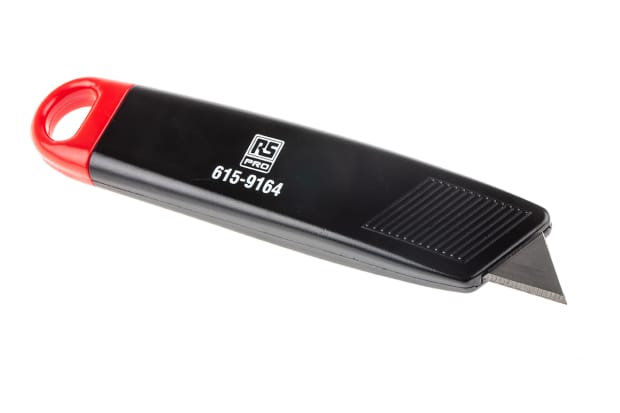
Key Features of Safety Knives
- Retractable Blades
- Blades can be retracted into the handle when not in use
- Some models feature auto-retracting mechanisms for added safety
- Ergonomic Handles
- Often made from durable materials like aluminum, plastic, or steel
- Designed for comfortable grip and reduced hand fatigue
- High-Quality Blades
- Typically made from stainless steel, carbon steel, or tool steel
- Offer excellent cutting power and durability
- Replaceable Blades
- Allow for easy replacement when blades become dull or damaged
- Ensures consistent cutting performance over time
Types of Safety Knives for Electricians
- Folding Utility Knives
- Compact design for easy storage in tool belts
- Often feature locking mechanisms for safe use
- Fixed-Blade Utility Knives
- Offer more stability for precise cuts
- Typically have longer blades for deeper cuts
- Auto-Retracting Knives
- Spring-loaded mechanism automatically retracts the blade after use
- Provides an extra layer of safety for busy work environments
- Ceramic Blade Knives
- Non-conductive blades for added safety when working with electrical components
- Maintain sharpness longer than traditional metal blades
- Multi-Tool Knives
- Combine knife functionality with other tools like wire strippers or screwdrivers
- Offer versatility for various electrical tasks
Choosing the Right Safety Knife
When selecting a safety knife, electricians should consider:
- The types of materials they commonly cut (e.g., wire insulation, cable sheathing)
- The frequency of use and durability requirements
- Safety features such as auto-retracting mechanisms
- Ergonomics and comfort for extended use
- Compatibility with other tools in their kit
By understanding the various types of safety knives and their specific applications, electricians can ensure they're equipped with the right tools for safe, efficient, and precise cutting across a wide range of electrical installations and repairs. Safety knives not only enhance productivity but also significantly reduce the risk of workplace injuries, making them an essential component of any professional electrician's toolkit.
10. Hex Keys
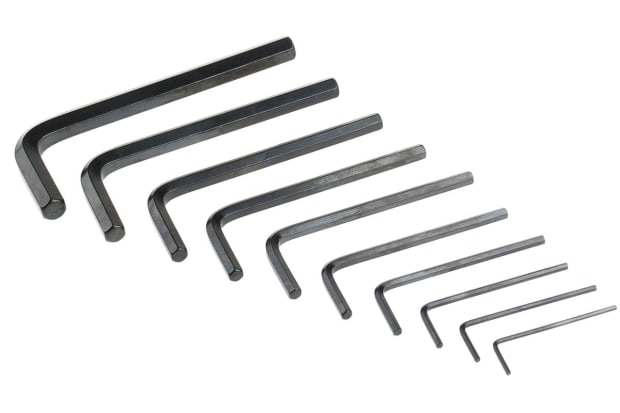
Hex keys take their name from the hexagonal fasteners and fixings they are used to adjust. Another common name is Allen key or Allen wrench. They can be made from steel, or nickel and sometimes bronze or copper alloys. There are four principal types: straight hex keys, L-shaped ones, folding hex keys and T-handles.
Straight hex keys are used as extensions to screwdrivers and allow these to apply torque to hexagonal fastenings.
L-shaped keys have identical heads at either end so they can be used either way round, but with differing leverage: the shorter end provides more while the longer end allows access to more confined spaces. As the name suggests, folding hex keys can be stored easily.
Finally, the handles on the T-handle variety are more ergonomic, allowing a firmer grip to be applied.
11. Claw Hammer
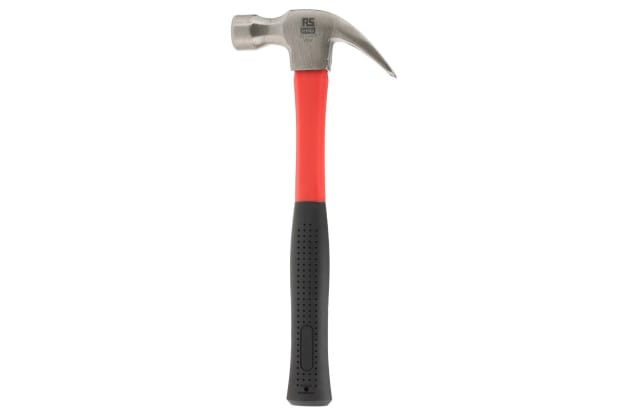
Claw hammers feature a standard hammer on one side of the tool, primarily used for inserting fixtures like nails, and a dual steel claw at the other end, which is designed to enable the easy removal of the same nails or similar fixtures by applying a robust grip.
Claw hammers are useful to gain access to sealed spaces – for example, fuse boxes hidden behind the paneling.
12. Chisel
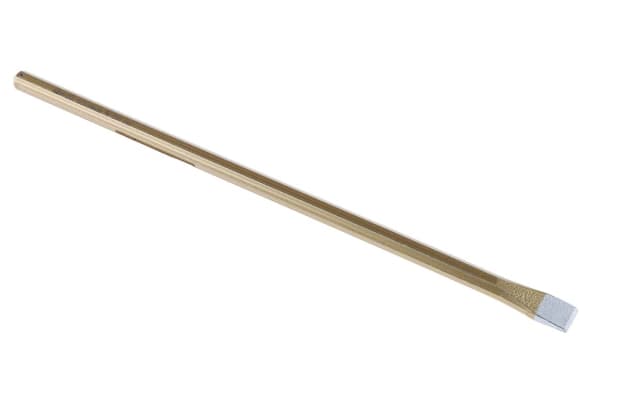
Chisels are another ancient tool that have lost none of their power or utility in the present day, providing a powerful and time-honored method of breaking through wood, stone, brick, concrete and similar materials. Modern chisels are made from various steel alloys.
Electrician’s chisels are a specialist variation used to cut channels in walls during installation procedures. Popular sizes to keep in your tool kit include:
- 5mm
- 10mm
- 16mm
- 18mm
- 20mm
- 50mm
13. Torch
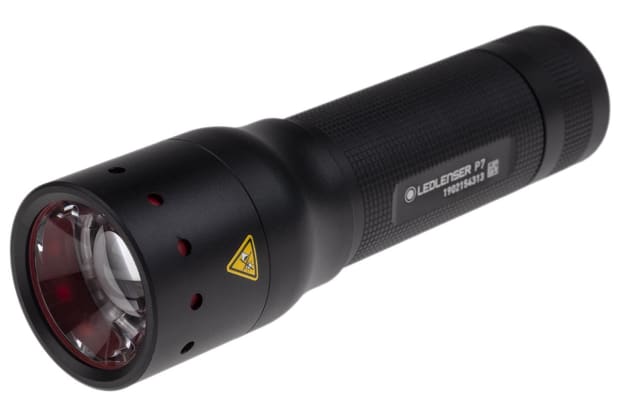
Torches are another common item that are always handy to keep in the tool kits of electricians and other professionals. Many different designs are available but smaller torches powered by LEDs rather than traditional bulbs are typically favored by professionals: they are lighter and easier to carry without sacrificing illumination.
The job of the torch to electricians is a simple one: they allow work in darkened areas, for example, a building in which the lighting has failed, or the power is switched off. Head torches attached to helmets or hats may be required if both hands are needed for precise work.
Product Spotlight
RS PRO 32 Piece Electricians Tool Kit VDE Approved
If you are looking to buy a fully assembled quality tool kit, then our RS PRO 32 piece Electrician's tool kit is ideal for you.
The tool kit offers a selection of the most popular hand tools, including VDE screwdrivers and pliers tested up to 1000V, as well as useful additions including a measuring tape, safety knife and torch. All supplied in a durable tool bag.
See for Yourself!
Take a look at our video to see all the contents of the RS PRO Electrician's Toolkit.
Offering a variety of essential tools, this comprehensive toolkit is ideal for professional electricians and engineers.
FAQs
Related links
- Tool Kits
- Tool Belts & Tool Pouches
- Why Automotive Tools and Equipment Organization Is Important
- RS PRO 88 Piece Electricians Tool Kit with Case, VDE Approved
- Multifunction Testers
- Megger 1006-408 Test & Carry Pouch, For Use With MFT1731 On-Site...
- Megger 1007-463 Large Soft Pouch with Extra Storage, For Use With...
- Multifunction Tester Accessories